8 Home Remedies To Treat Mild Fungal Infections
By: Kratika Mon, 04 July 2022 3:18:04
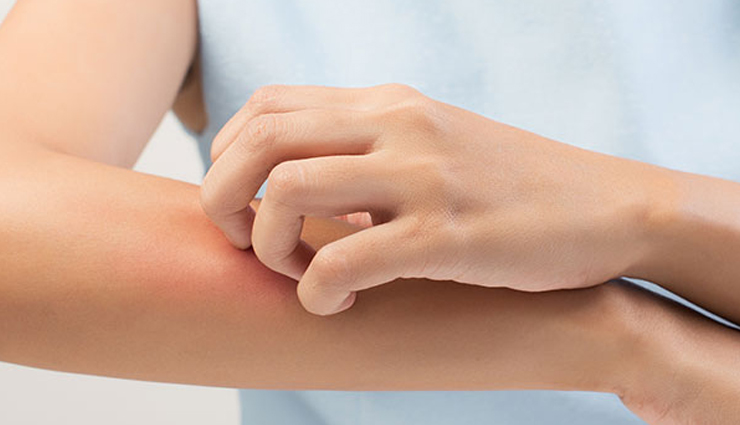
Fungi are commonplace organisms that can be found everywhere, even on human skin. Often, some of these fungi, such as candida and yeast, may cause infections, especially if the skin is warm or moist.
The following home remedies can help in managing mild fungal infections. However, it is must to consult a doctor if the fungal infection is severe or affects the internal body, such as the meninges, blood, or lungs. Since the symptoms of fungal infections may be similar to those of skin problems such as psoriasis, it is best to get a proper diagnosis before trying any remedy.
All of these remedies can be used along with the prescribed treatment to aid faster recovery.
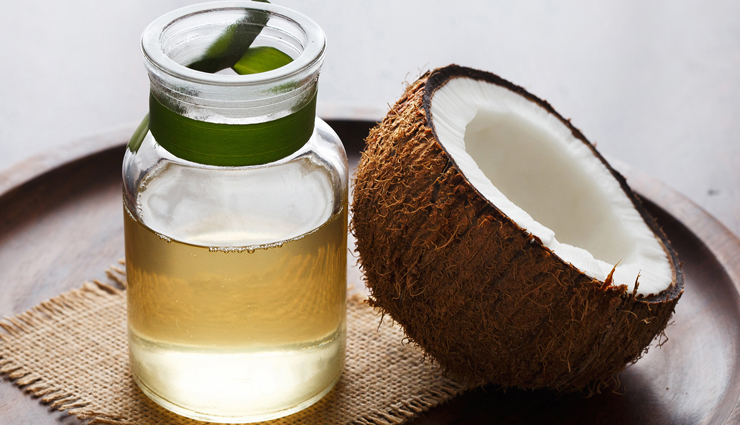
# Apply coconut oil
Coconut oil is primarily composed of medium-chain fatty acids that have antifungal activity. This property of coconut oil is useful in controlling the growth of yeast or candida.
- Wash the affected area with neem soap and pat it dry.
- Apply a few drops of extra virgin coconut oil over the area.
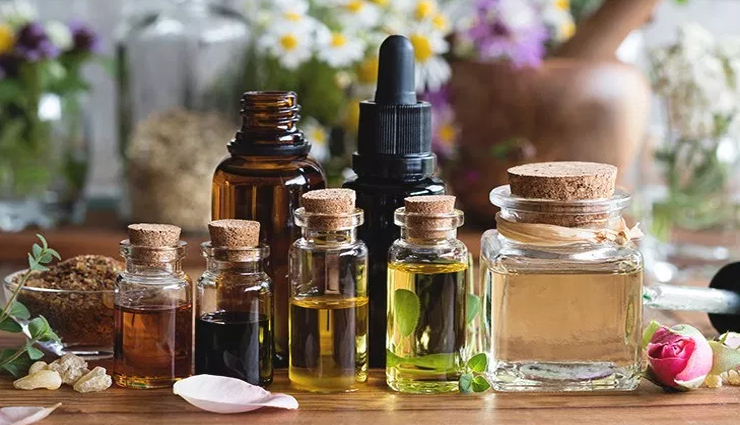
# Use antifungal essential oils
Tea tree oil has potent antimicrobial properties that can help ward off fungal infections. This essential oil enjoys both anecdotal and scientific evidence on its use as an antifungal agent.
Besides tea tree oil, oregano oil and neem oil also have antifungal properties.
- All essential oils must be diluted before use. Therefore, mix a few drops of tea tree oil in a carrier oil such as olive oil or coconut oil. You can also mix tea tree oil with aloe vera gel in a 3:1 ratio.
- Apply this mixture to the affected areas.
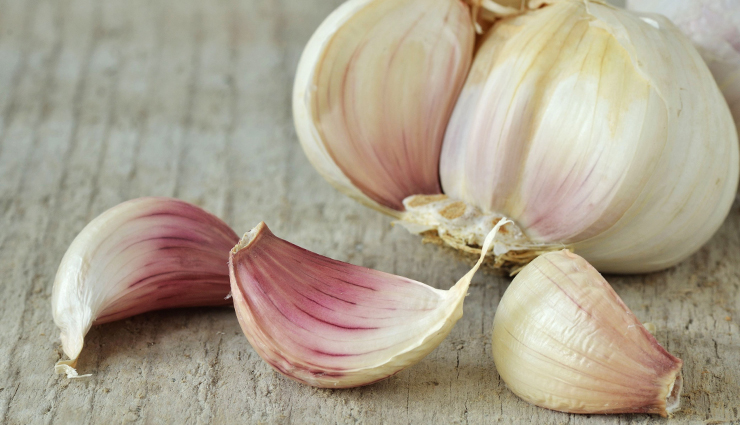
# Make a garlic paste
Garlic is a common kitchen ingredient that has several medicinal properties, including antimicrobial effects. Garlic contains organosulfur compounds that exhibit antifungal activity.
One study showed that garlic is as efficient as clotrimazole creams for the treatment of fungal infections.
- Crush two cloves of garlic and mix them in olive oil to form a paste.
- Apply this paste to the affected area.
- Wash the area with lukewarm water after 30 minutes.
- Repeat the remedy twice a day until you see results.
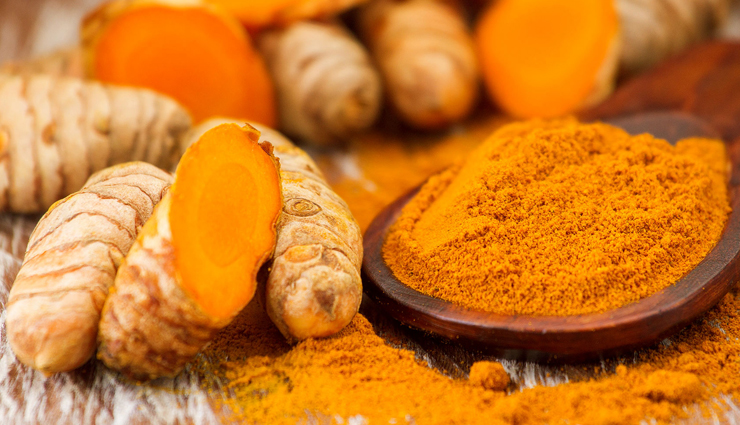
# Use turmeric topically
Curcumin, the active compound of turmeric, is a highly potent antifungal agent that has very few side effects and can thus help treat fungal infections effectively.
- Mix 1 tsp of turmeric with coconut or olive oil to form a paste. Wash the affected area, pat it dry, and apply a thin layer of the paste over the infection site. Rinse with water after about 15 minutes.
- Use commercially produced turmeric-based ointments.
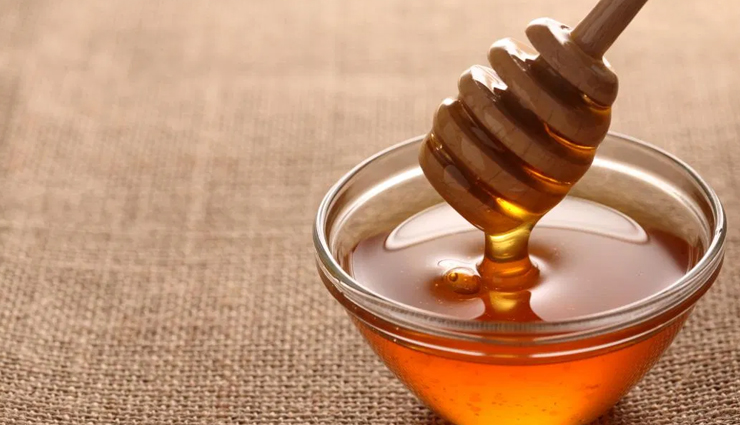
# Apply honey
Honey has antifungal properties against a wide range of fungi, including Candida albicans.
It contains various compounds, including antioxidants, lysozymes, hydrogen peroxide, bee peptides, flavonoids, polyphenols, phenolic acid, and methylglyoxal, that make it a viable antimicrobial agent.
- Apply raw, organic, or medical-grade honey to the affected area and wash after 15 minutes.
- Mix honey with coconut oil, olive oil, or yogurt, and apply the paste to the infected site.
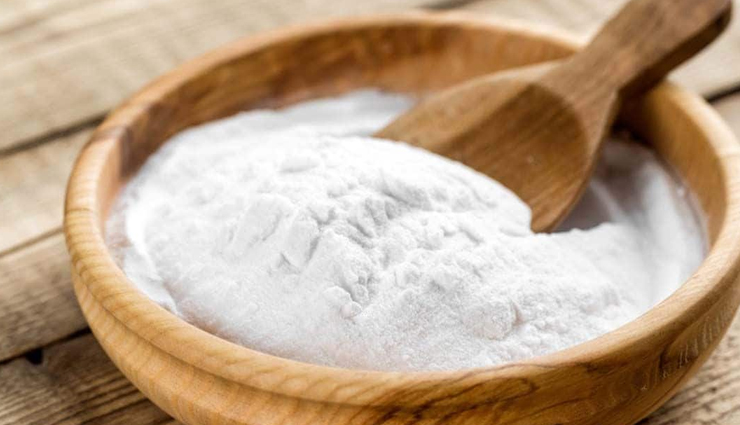
# Make a sodium bicarbonate paste
Studies show that sodium bicarbonate is effective in killing common skin and nail fungal infection agents. However, further research is required to establish its mechanism.
- Mix sodium bicarbonate with water to form a paste, and apply it to the affected areas.
- Soak the infected site in a sodium bicarbonate solution for 15 minutes.
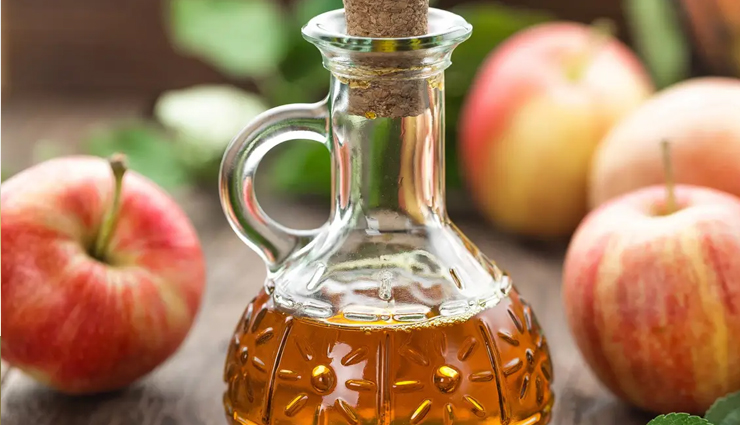
# Dab some apple cider vinegar
Apple cider vinegar (ACV) can act as an antifungal agent, especially against Candida species, making it a great candidate for denture stomatitis treatment.
Users also report the effectiveness of ACV for the treatment of scalp and ringworm infections. However, no scientific evidence supports this claim.
- Dilute one part ACV with 3 parts water.
- Dab the mixture on the affected area.
- Wash the area after 15–20 minutes with plain water.
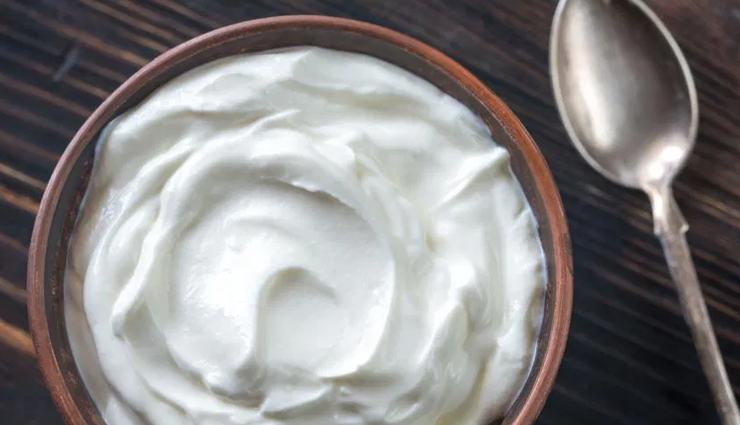
# Put some yogurt
Yogurt has been anecdotally used for the treatment of fungal infections, although there is no scientific evidence to it. It is believed that the lactic acid content of the beneficial bacteria in yogurt inhibits fungal growth.
- Apply yogurt to the affected area using a clean cotton ball.
- Rinse with warm water after 30 minutes.
- Pat the area dry.





